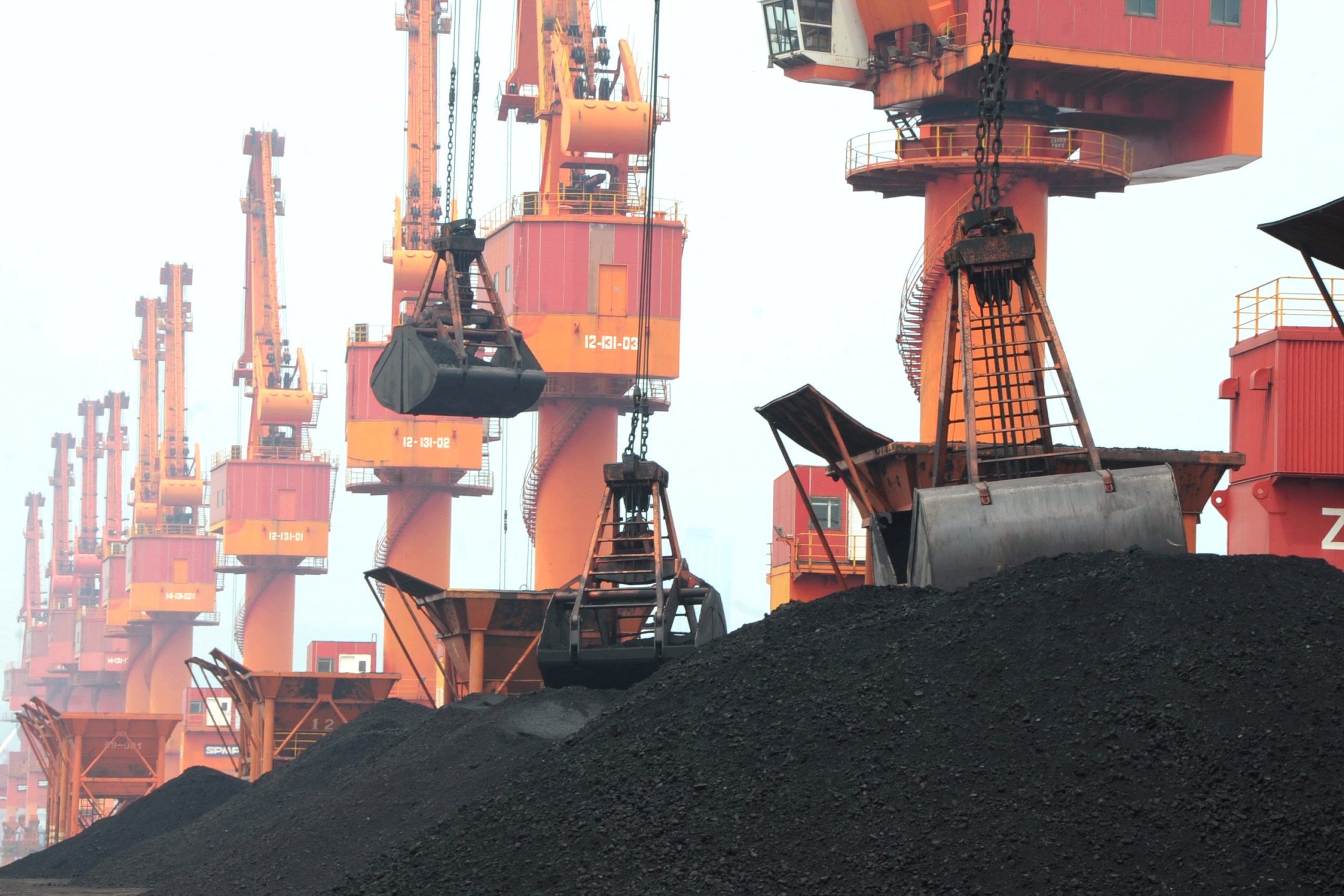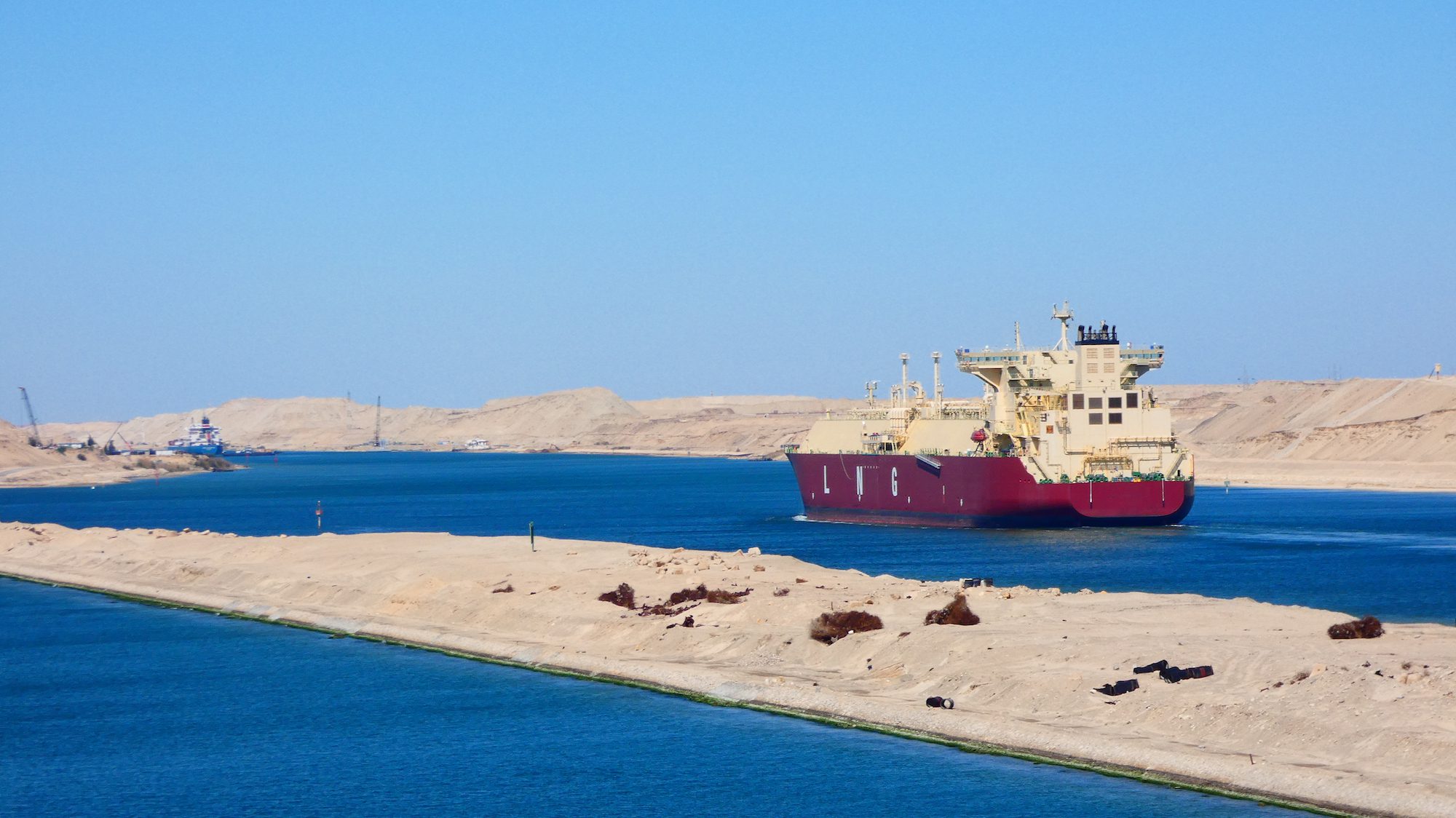In July 1989, coal miners in Russia’s Kuzbass Basin walked off the job in what would become one of the most significant labor strikes in Soviet history, a rebellion that foreshadowed the empire’s collapse. Frustrated by months of delayed wages, crumbling infrastructure, and deadly working conditions, thousands of miners paralyzed production in a direct challenge to Moscow’s authority. The strike exposed the fatal flaws of the Soviet Union’s centrally planned economy: obsolete equipment, dangerous mines claiming workers’ lives at alarming rates, and a government unable or unwilling to deliver on its promises. Now, nearly four decades later, coal miners are getting restless once again.
The Financial Times reports that labor shortages, rising costs, difficulties in sourcing equipment, and weak prices are squeezing Russia’s coal industry. But the biggest challenge facing producers is transportation costs. While Russia has successfully deployed a growing shadow fleet of tankers to avoid sanctions, it has placed lower priority on sourcing the bulkers that transport coal. Additionally, the Russian military is heavily dependent on rail, which means that spare parts and materials to repair rail lines have been diverted to the front. The result: since 2022, the share of logistical costs in the price of Russian thermal coal has risen from 50% to nearly 90%.
“War is bad for most of Russian businesses,” a Russian industry executive told the FT. “But the coal sector is in really deep shit.”
The problem is especially severe given that the contested Donbass region has historically been the backbone of the Russian coal industry.
Compounding the problem further is Russia’s most important traiding partner.
While President Xi has been taking steps to firm the price of coal in recent week, the trend is not in Russia’s favor. China imported 35.61 million tons of coal in June down 23% year-over-year but up from June’s two-year low, Reuters reported. The decline reflects strong domestic production, increased hydro/wind/solar generation, and rising exports up 13% in the first five months of 2025. This makes China both the largest improter and exporter of coal. First-half imports fell 11% to 221.7 million tons, with full-year imports projected 50-100 million tons below 2024 levels, according to the China Coal Transportation and Distribution Association. Contributing factors include real estate weakness, slower industrial growth, and surging domestic output (up 5% projected for 2025).
What does the future hold for Russian coal? Earlier this year, Russia’s Energy Ministry drafted a rescue plan for the industry, but finance ministry and central bank officials scaled back the final version that Putin signed in late May. Support will be limited to the hardest-hit companies: tax and loan deferrals and discounted freight tariffs, rather than direct subsidies. In short, the future looks grim.

 Join The Club
Join The Club











